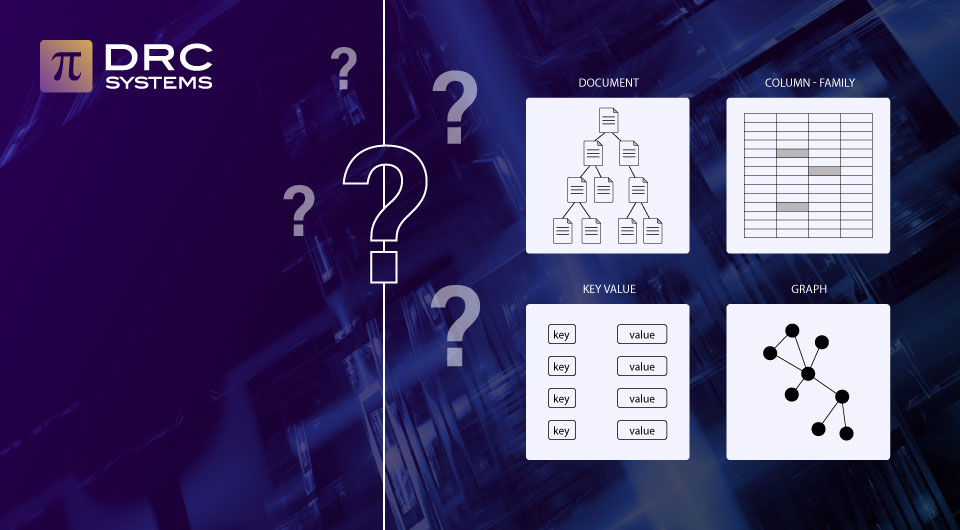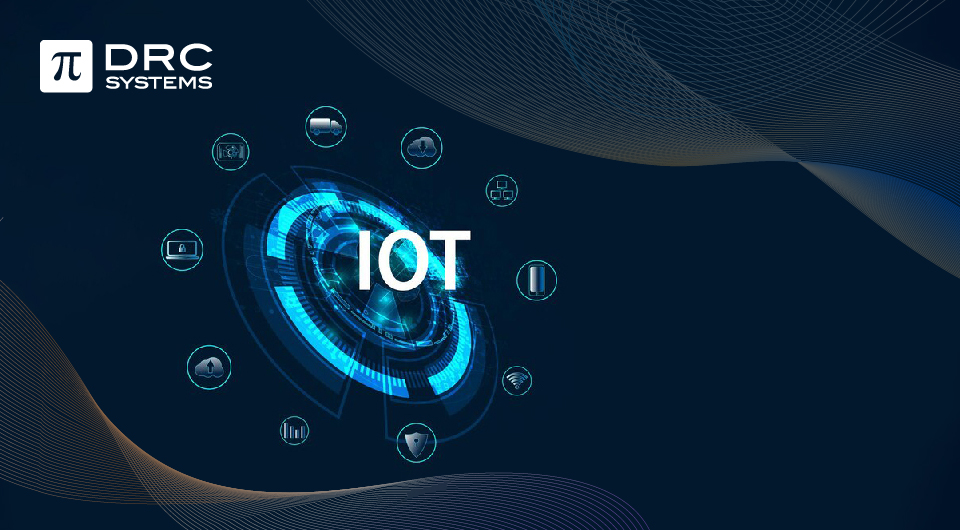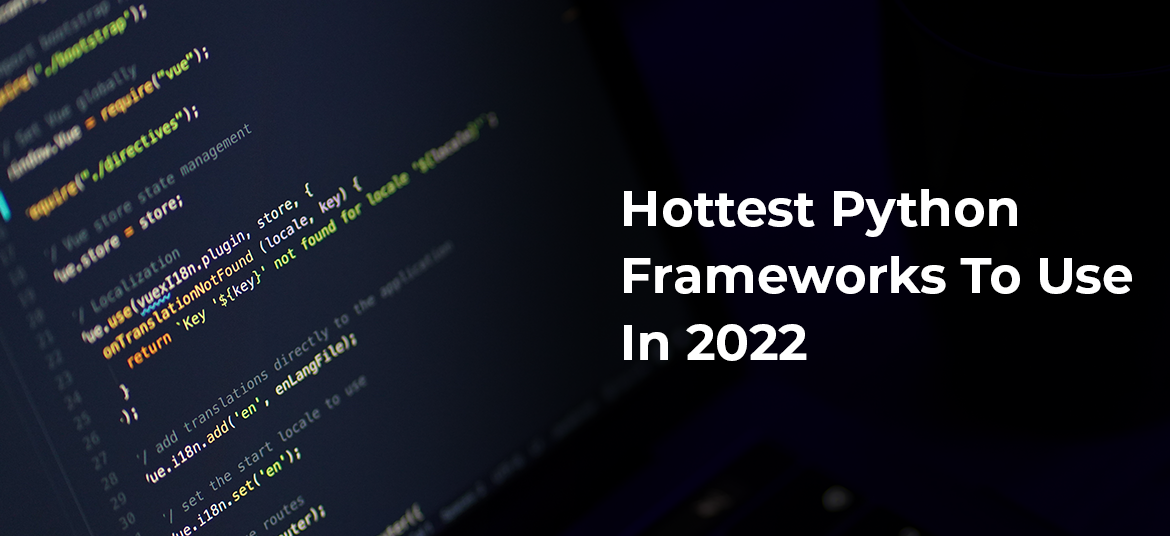Related Articles
The Future of IoT Mobile Application Development
IoT mobile applications are transforming the world of mobile app development.
Read The PostTop 10 Landing Page Design Tips For Better Conversions
Do you want to get more conversions and scale your market? Implement these 10 design tips to turn your landing page into a lead-generating machine.
Read The Post7 Hottest Python Frameworks To Use In 2022
Python continues to be a leading programming language. Here are the top 7 Python frameworks shaping development today.
Read The Post


